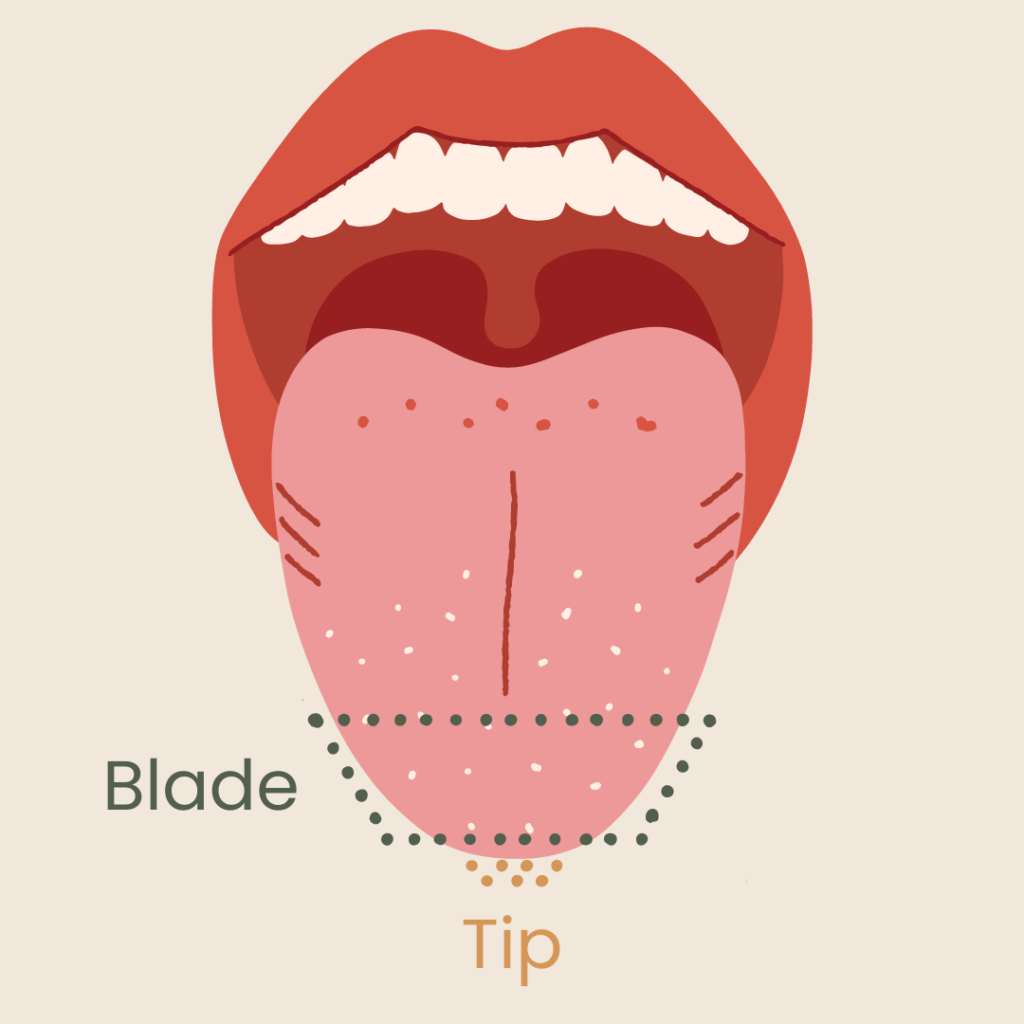Learning a second language is hard.
We watch kids magically learn a language, sometimes two, within a handful of years. But studies show that once puberty hits around 11, our brains start to change and learning a language gets really hard. For example, Noam Chomsky, “the father of modern linguistics,” is known all over the world as one of the smartest people ever. Guess what? He still only speaks one language, even though he has tried many times to learn a second one.
If you are reading this blogpost, you’re probably older than eleven, but don’t let your age get you down! Let’s just embrace the truth: it is harder, but not impossible, to learn a second language as a teen or adult. Now that you know this, you can be more gentle with yourself on your language-learning-journey. It will take time, study, and perseverance. You can do this! Keep going! You got this (in good time)!
A LOT to study
Now that you’ve got a little more science and encouragement under your belt, here’s more to know: When you learn a new language, there is A LOT to study!
(1) Phonology: the sounds
(2) Morphology: grammar of words
(3) Syntax: internal structure of sentences
(4) Semantics: meaning, reference, + logic
(5) Pragmatics: the use of language in a socially appropriate way
SO MUCH stuff! Many students get something called cognitive fatigue, which basically is mental exhaustion. Because it takes a ton of energy to learn a language and live in a new place.
Also, most English Language classes and schools don’t spend a lot of time on how to pronounce the words. There isn’t enough time, their teachers might be immigrants with accents too, or they just have no idea how to teach the accent — it really is a special skill.
Accent Coach helps you ADD sounds, not reduce
This is where I step in. I am a Native English Speaker and I am bilingual in Spanish. I am a classically trained singer, professional actor, and theatre teacher. Over the past 8 years, I have worked with 100+ clients and taught 38 different accents. I am in love with sounds!
My favorite part about accent coaching is making immigrants feel like WINNERS! Because that’s what they ARE! Immigrants completely turn their lives around to move across the world to a new place for a better life — just like my grandfather did when he came here from Poland during WWII.
There is nothing to reduce + nothing bad about the way you speak. You just need to ADD new sounds to your mouth — think of it as Accent Addition. Like adding more colors to your Crayola crayon box.
Remember: You are a WINNER, you are awesome, & you are adding to who you are!
So, today let’s focus on the 3 things most non-native speakers get wrong… and how to fix them!
Common Mistake #1: Mix up voiceless + voiced
I hear folks mix up voiceless + voiced consonants all the time! Examples below:
| Voiceless | Voiced |
| P as in “tap” | B as in “tab” |
| F as in “half” | V as in “have” |
| T as in “bat” | D as in “bad” |
| K as in “back” | G as in “bag” |
| S as in “house” | Z as in “houses” [The final “s” sounds like “z”] |
In English, it is really important to be clear about our voiceless + voiced consonants because they make or break the word. Not to mention, with words like dig + fog — if you accidentally pronounce a voiceless /k/ instead of the voiced /g/… yikes!! Fingers crossed this doesn’t happen at work!
Fix #1: Feel the vibration of your voice
Follow these steps to fix Common Mistake #1: Mix up voiceless + voiced consonants:
- Put the palm of your hand gently on your throat.
- Speak the voiceless consonant sound three times.
- Speak the voiceless example word three times.
- Speak the voiced consonant sound three times.
- Speak the voiced example word three times.
You will notice, when speaking all voiceless consonants, your hand feels NO vibration in your throat. But! When speaking the voiced consonants, there is a LOT of vibrations! Cool, right? The vibration you’re feeling is your voice in action!
This touch-tool will help you hear + feel the difference between voiceless + voiced consonants. Very soon, you’ll start improving how you pronounce + understand English words.
Common Mistake #2: Tongue-tip curls up for R
The English /r/ can be super hard to pronounce. WHY?! Because it does not exist in a lot of languages across the world. That’s basically why we struggle to produce a new sound in a language — because it is brand new for our mouth!
It’s kind of like dancing ballet your whole life. Then, when you’re twenty three, you realize you must learn how to breakdance… to advance your career. This would be a HUGE challenge!! You would need time to learn all the new moves + music for this completely different style of dance. It would take you years of practice to become “fluent” in breakdancing.
Let me teach you ballerinas how to breakdance the R. First, let’s make it less intimidating. It is simply one sound. One dance move. I guarantee there are many sounds in your native tongue that are really hard for me to say. But if you took the time to teach me where to put my tongue + how to hold my mouth, and I practiced a lot, I bet I could do it. You can too!
Many people will curl the tip of their tongue close to their roof of their mouth to make the R sound. This creates a round, throaty sound, which isn’t normal in English. Some people’s tongue touches the roof of their mouth, accidentally creating a light L sound. This can be confusing because the L will change the meaning of the word. For example: red might sound like led. This changes the meaning from a color to a type of metal — confusing.
Fix #2: No touch-tip = perfect R
To fix Common Mistake #2: Tongue curls UP for R, you simply need to make sure your tongue-tip does NOT curl up and definitely does NOT touch the roof of your mouth. Basically, keep your tongue tip pointing forward.
You want to feel the right and left sides of your tongue. They need to touch the sides of the roof of your mouth. The tip of your tongue should remain free + naked – no touch! Your mouth should be open about half-an-inch, with your top and bottom teeth separated. Lastly, your tongue-tip should point forward, towards the back of your top–front teeth.
Well done!!!!
Practice the following /r/ words and tongue twister using this corrected placement.
Example words: read, bird, treat, father, crystal
Tongue twister: Red leather, yellow leather.
Common Mistake #3: Tip of the tongue for L
Last, but certainly not least, the pronunciation of the English L. Cue dramatic music. Just kidding!
Many people will tap their tongue-tip to the roof of their mouth to make this sound. This creates a very light L sound, like in the French accent. But in American English, we use a dark L sound, closer to a Scottish accent. In order to make the dark L, simply use the blade of your tongue instead. Huh?
I got you. Learn where the blade of your tongue is in the visual aid below:

Practice the following /l/ words and same tongue twister using this corrected placement.
Example words: love, all, level, follow, bliss
Tongue twister: Red leather, yellow leather.
You DID it! WOOHOO!
Great work!!
I CELEBRATE your effort and can already hear your increased clarity!
Keep improving
Practice makes perfect. Do these exercises 2-3 times a week and you’ll be golden. Think of it like going to the gym. If you want progress, stronger muscles + flexibility, you gotta to put in the time. If you stick with it, you will feel + hear more clear when you speak English. Oh! And get ready for some *compliments* because folks WILL notice the changes you’re making.
Ask for help
You do not have to do this alone. If practicing is hard, like exercising can be, get yourself a coach! You’re worth it!! And an accent coach can make a WORLD of difference. Think of it like getting a personal trainer. They help you:
- Stay motivated
- Make tough stuff FUN
- Learn new + helpful skills
Want a preview? Check out my Free Video Training here!
And if you’d like to work with the coach who wrote this blogpost, just click this link to schedule a chat 🙂 Let’s see if we’re a good fit!
Gratitude
Thank you so much for reading this blogpost! Please share it with your friends, family, + community. Make sure to join the mailing list to get the next awesome blogpost! And, most importantly, please remember:
You are a WINNER, you are awesome, & you are adding to who you are!
You got this! I am always believing in you.
Deep gratitude,
Katya
I'm Katya
Non-native English speakers frequently struggle to speak with a clear accent. This means they are sometimes undervalued at work and their careers suffer. I help them speak with an American accent fast - so they get the clarity and confidence they need to achieve the high-paying career they deserve.

+ SHOW COMMENTS
Leave a comment
- Hide Comments